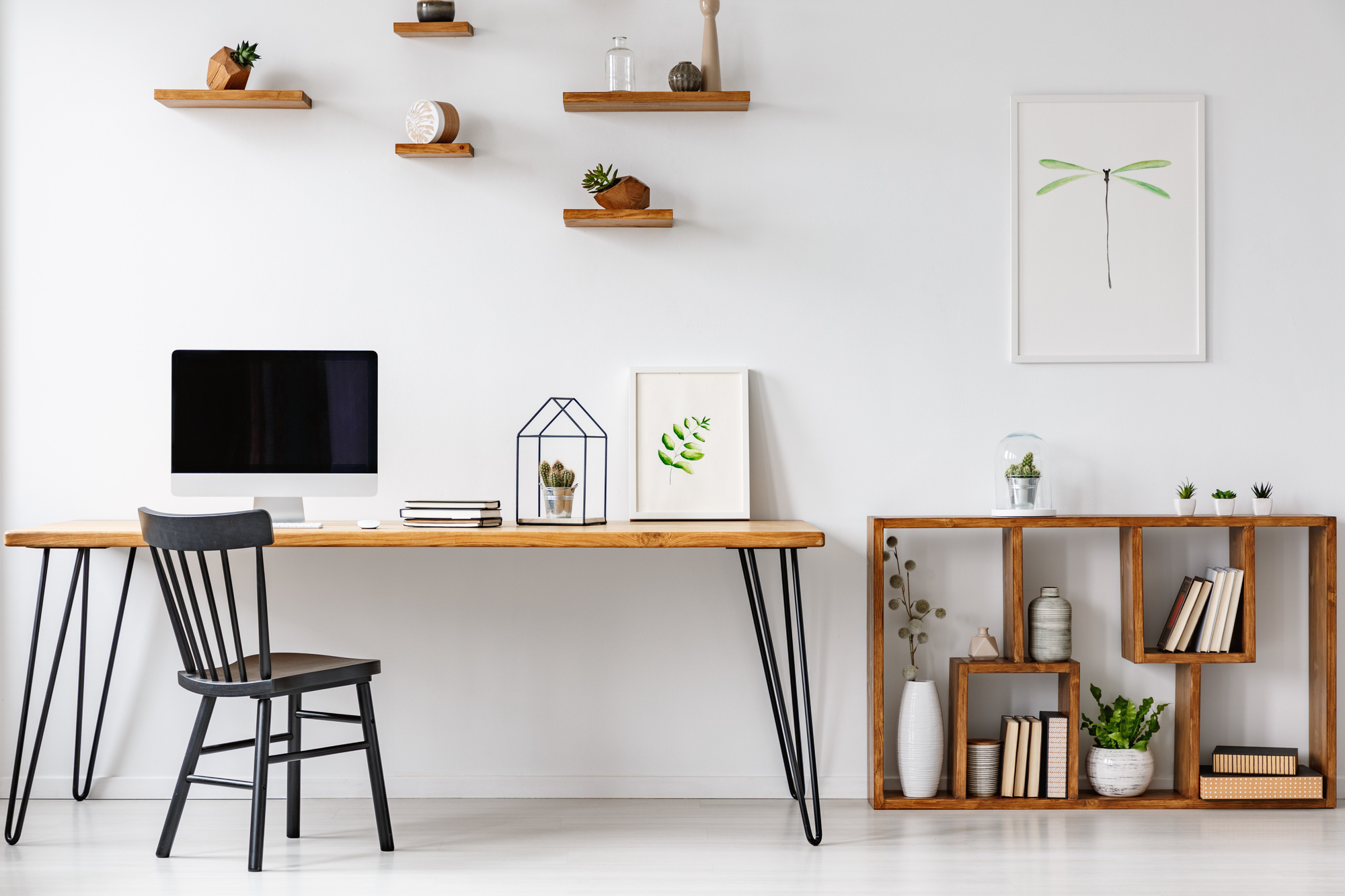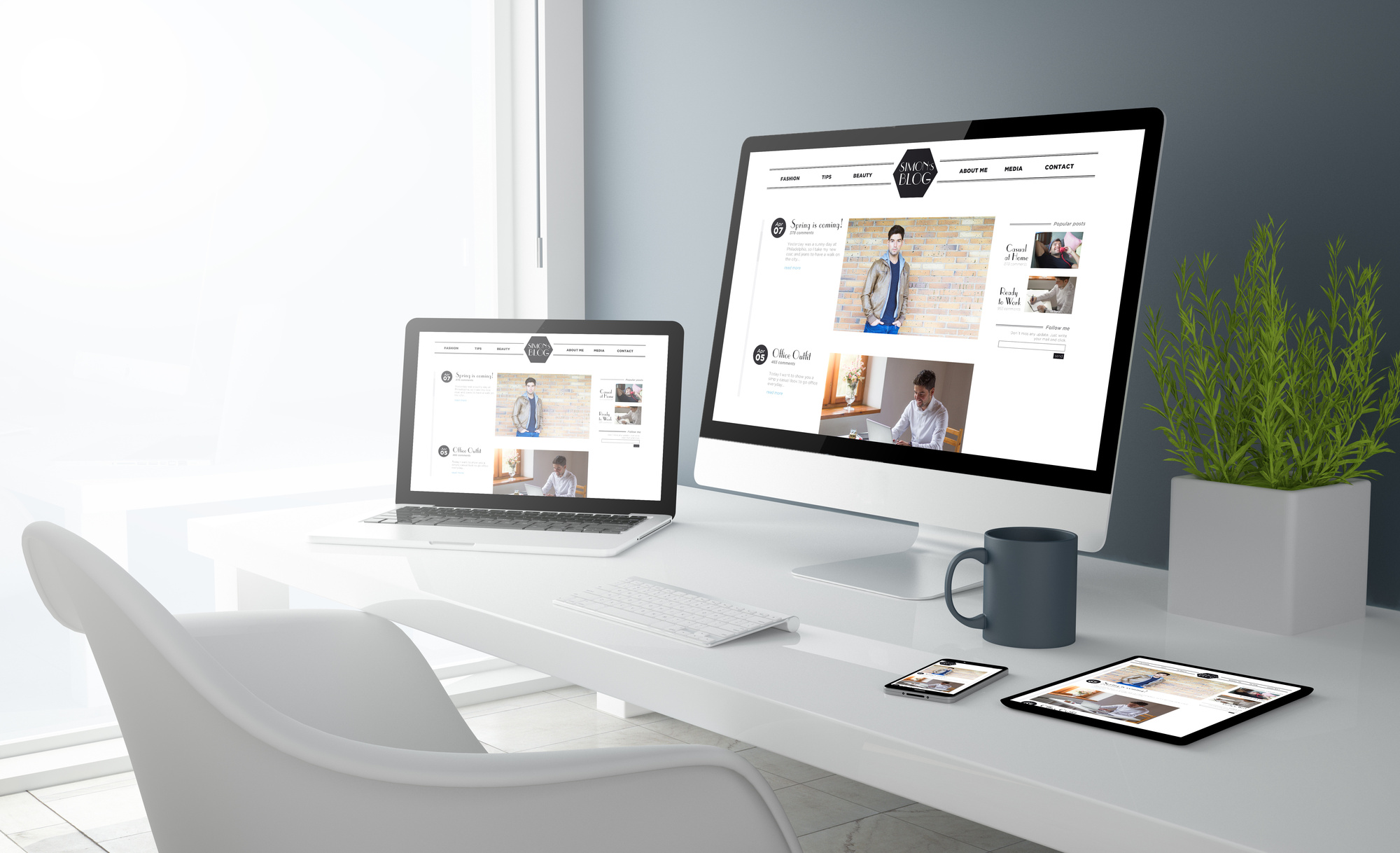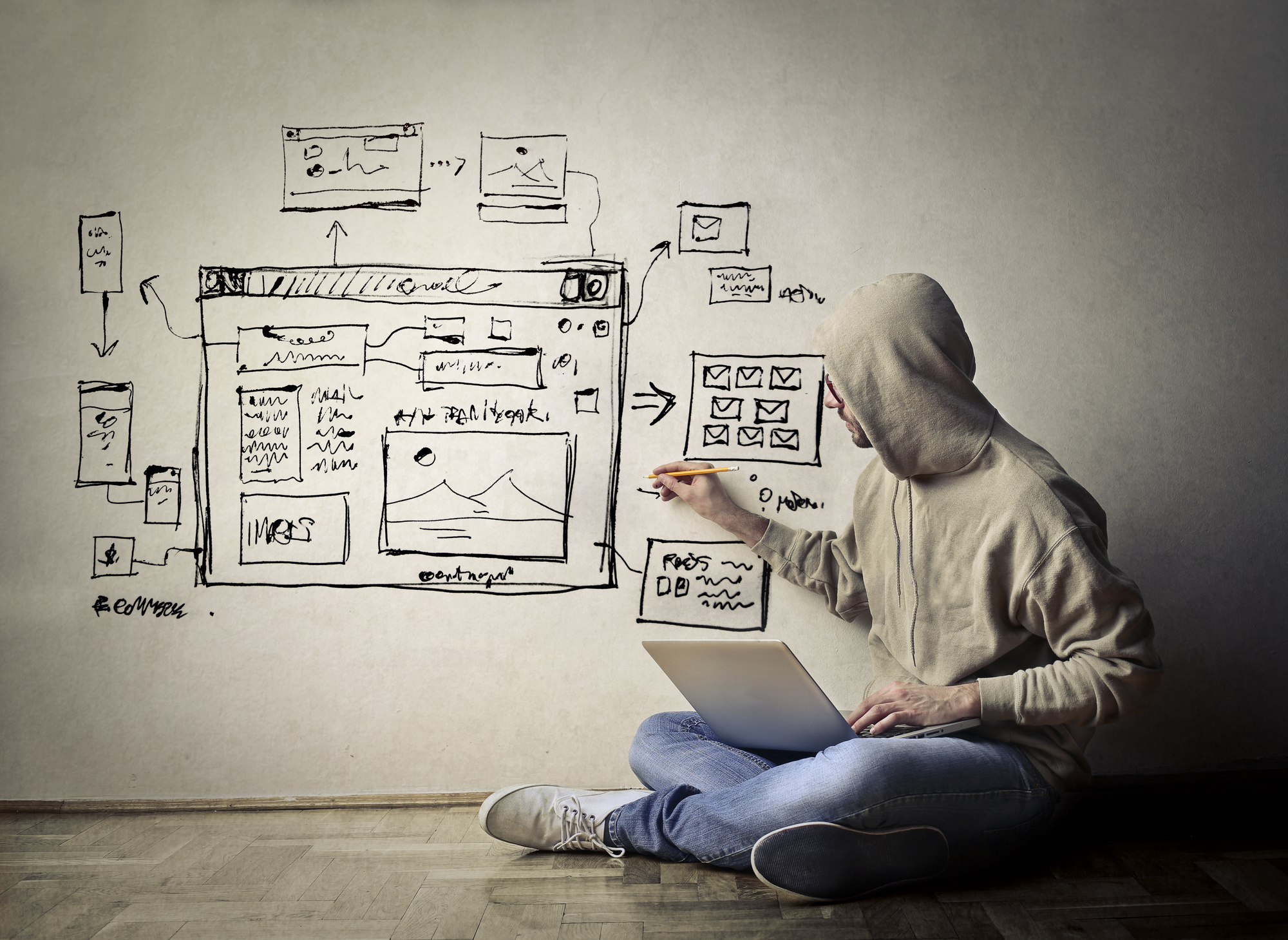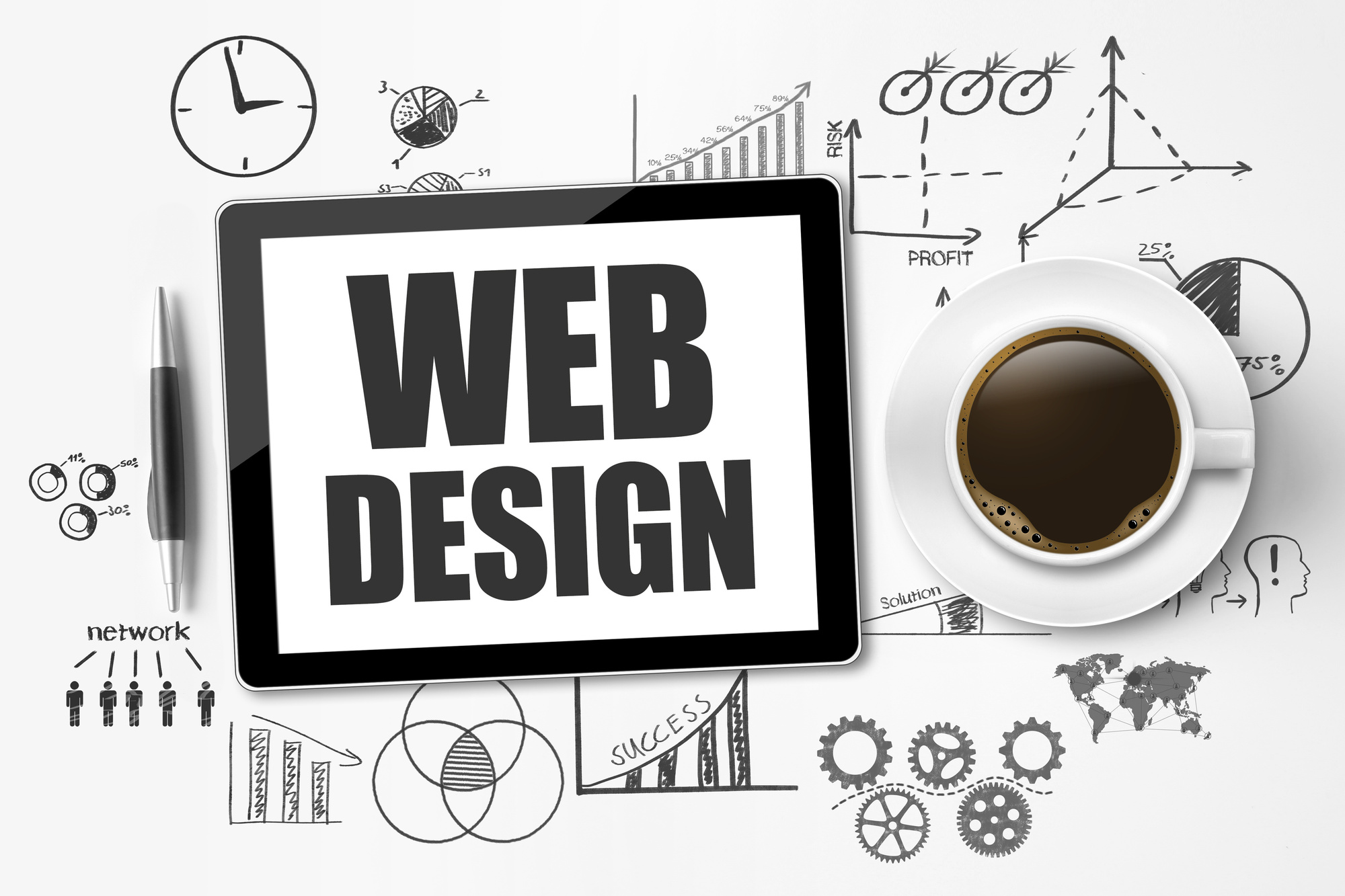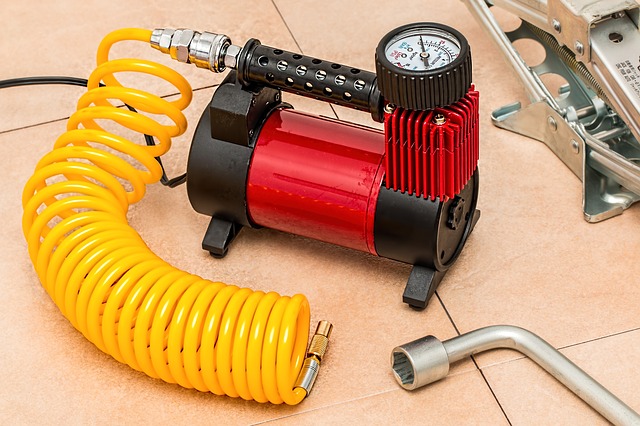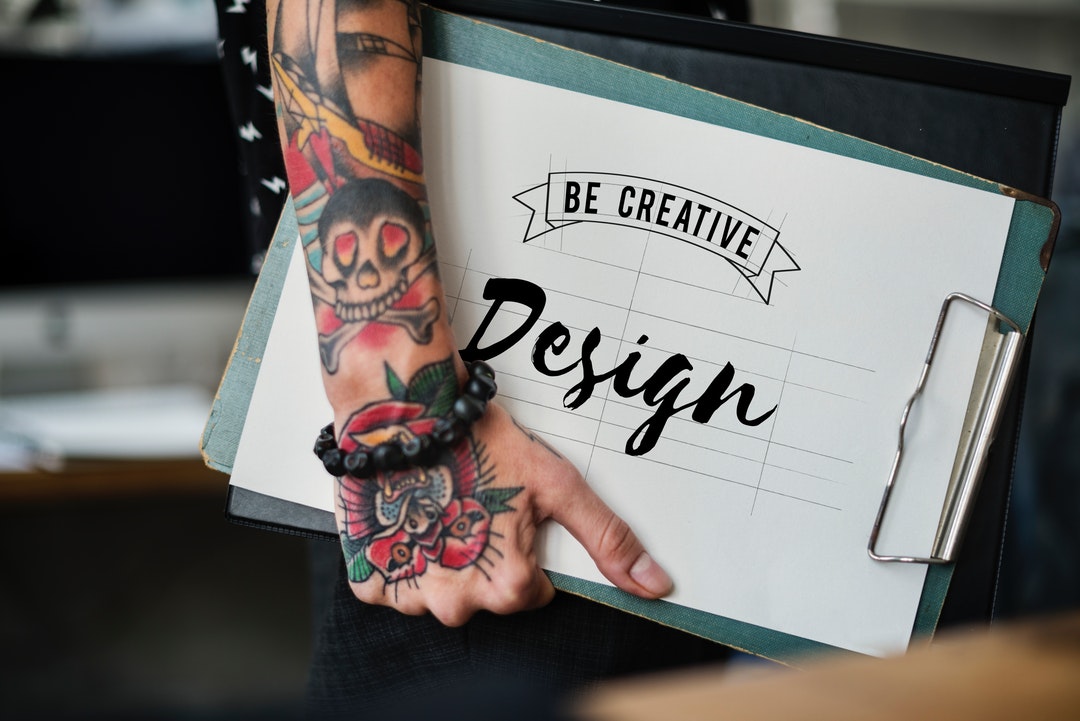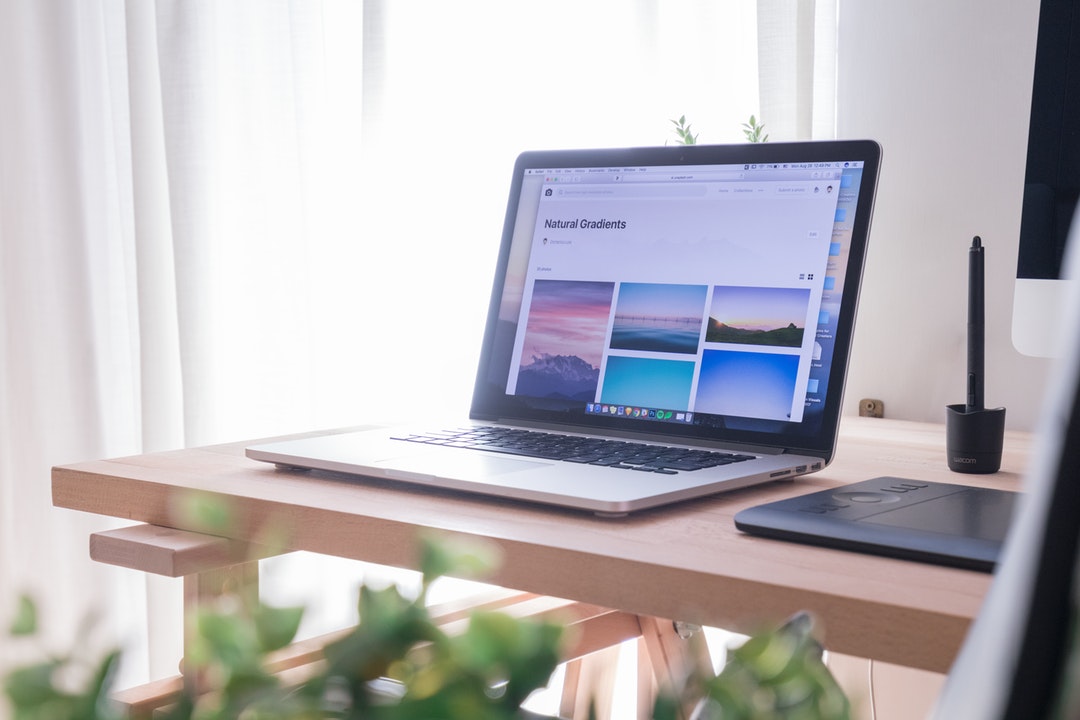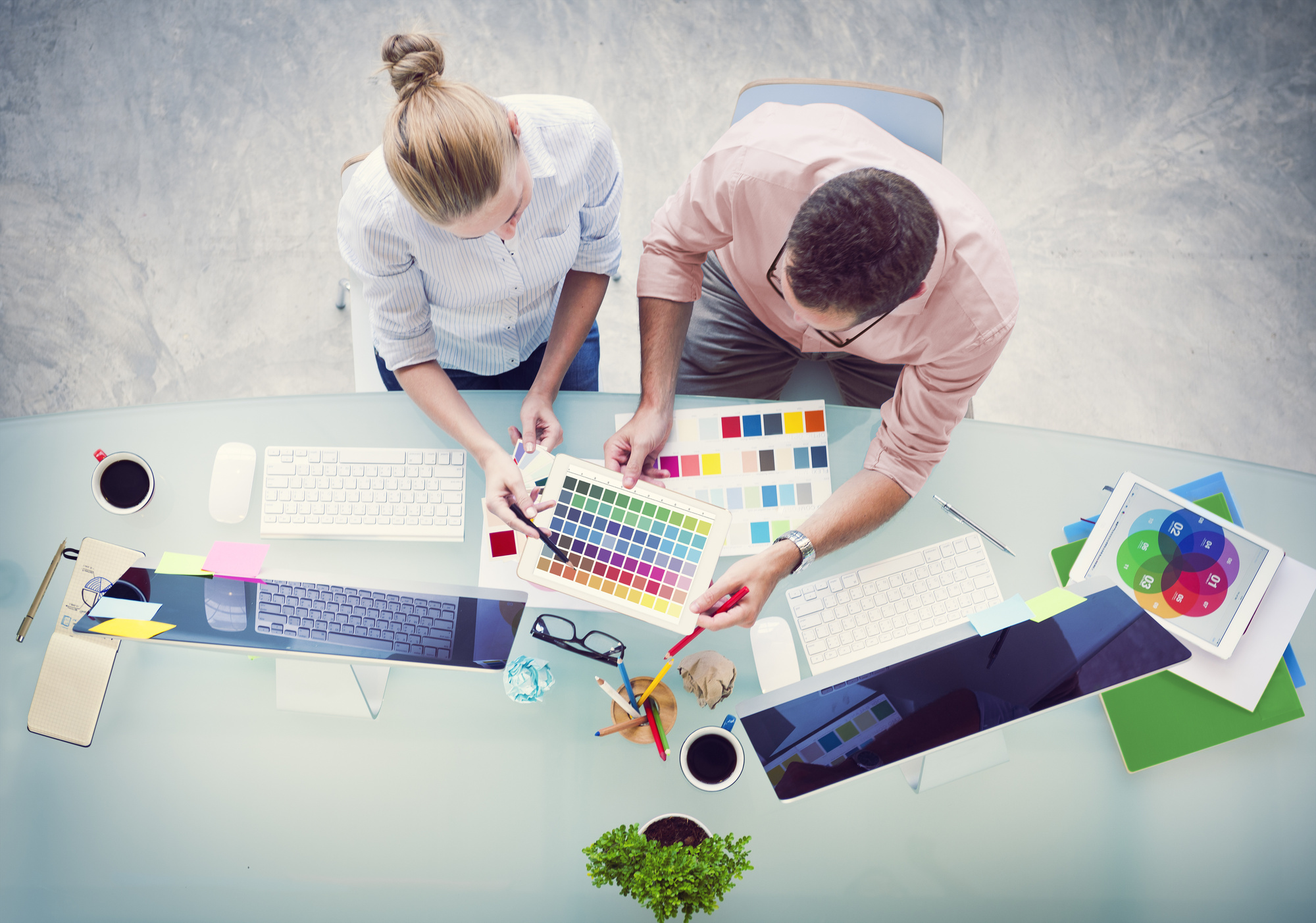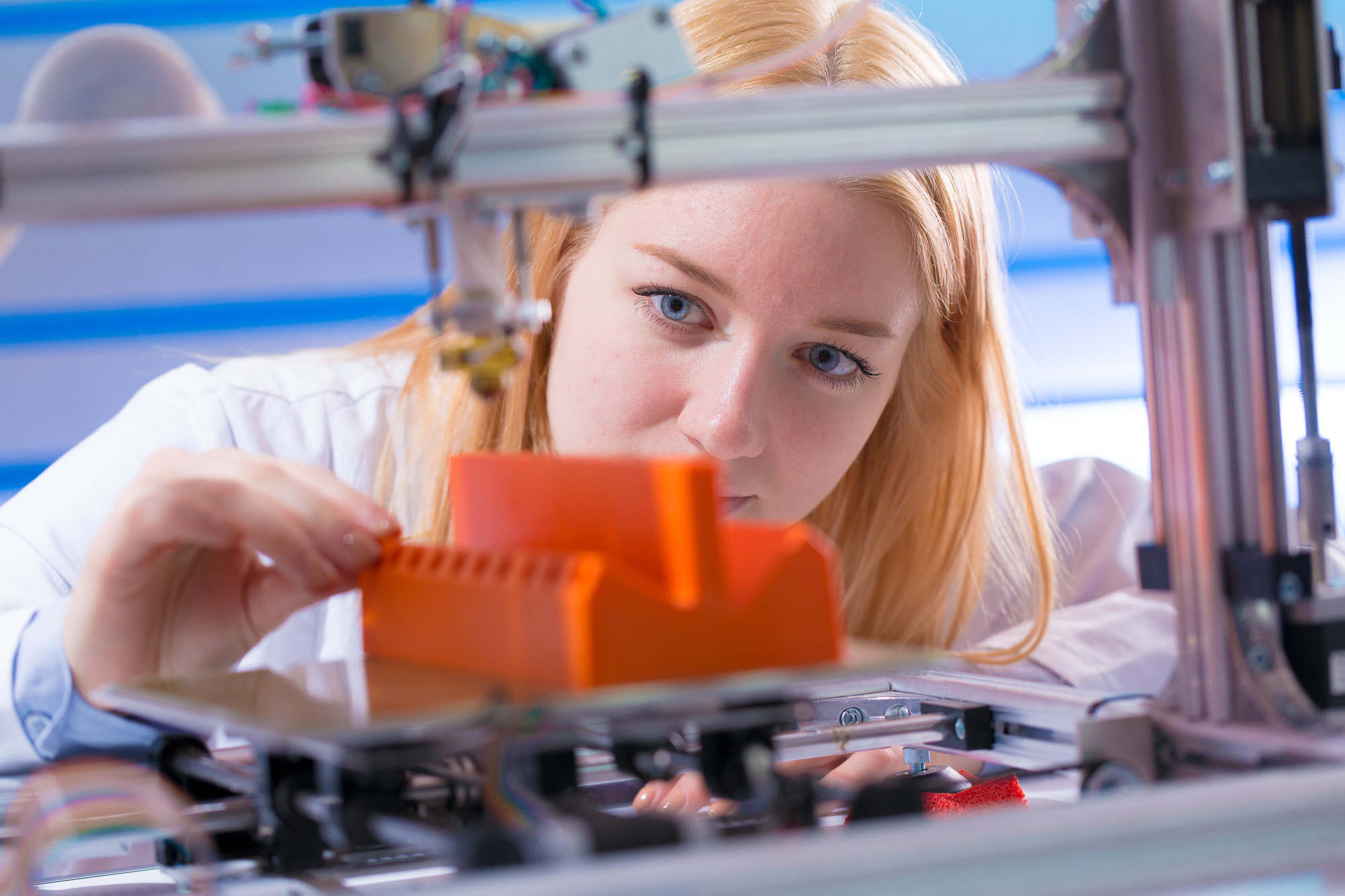With nearly 300,000 full-time graphic designers around the country, there are even more people who have access to the tools to design the things they need. The future of graphic design lies in the ability to empower people in completely new and exciting ways. The more people who get to implement their designs via 3D printing, the more we’ll see costs drop and innovation spike.
Here are five things to expect as the world of 3D printing collides with graphic design.
1. Faster Turnaround
If you want strong and fast turnaround, nothing is going to be as powerful as 3D printing. With them getting easier to communicate with and working faster than ever before, you can take your designs and make them a reality. You won’t have to wait for a long cycle of prototypes and revisions when you can work as fast as 3D printers allow you.
If you’re a designer, you might not have a lot of experience with fabrication. Thankfully most 3D printer software is easy to use and comes with some easy to use wizards and instructions.
3D printer software is now easily integrated into most design software and vice versa. Check out Anubis 3D to see how you can get it to work with your favorite graphic design tool.
You’ll find that it’s never been easier to extrude, extend, or manipulate your designs. Anything you’ver every wanted to prototype is not within reach. You can even come up with some samples of products you want to build, even if they’re just small prototypes.
2. You Can Take More Risks
When you can make this fast, cheap, and easy, you can take more risks. You can try to build things that might not work. You can build things that might fall apart just for the sake of trying things out.
Where you would once have to go back and forth between designers and fabricators for weeks on end, you can now get things made in a jiffy. You can take risks in how you build things. You can make things on a whim just to see how they look and every once in a while you can surprise yourself.
Taking risks is important in the world of design. If you don’t take risks, you can’t stand out, and you can’t innovate. The best designs come from accidents, mistakes, and things that other people said would never work.
3. You Can Make the Digital Physical
Making digital work physical is more than just a nice thought. It’s vital to understanding how we can get more out of design in our lifetime. It’s important for us to see the things we design out in the real world if we want to be able to understand how people will react to them.
User experience is probably one of the biggest failures in most graphic design. Designers who never have to take responsibility for the physical realities of design rarely worry about how people interact with their designs. You can make the coolest looking thing but if it’s physically impractical, too big, too heavy, or too small, it won’t be useful to users.
Selling a design is easy but the word will surely get around if your designs don’t stand up to the muster of being made into physical reality. Designs that aren’t suitable for real-world application won’t engage audiences or allow them to make the most of them.
Making digital items into physical objects also lets you develop your business plan. Instead of living just in the realm of design, you could start selling small retail items. If you were always selling plans for other people’s companies, you could now start your own with the help of a 3D printer.
4. Everything Will Get Cheaper
When you can design fast, produce fast, and therefore get to the market faster, you can make everything cheaper. It’s expensive to go through the iterative process of creating things and then getting them out to the people who want them. If you can control the whole process inside of your office, you can make everything more efficient and therefore cheaper.
Designers who don’t have to leave a project on their to-do list for months on end because they’re waiting for feedback and move on to more projects. People ordering the designs for projects get inexpensive prototypes made quickly, making decisionmaking faster. When there are problems, you can find out about them before you go to market.
The more you can streamline the entire production process, the more you can get out of every new idea that you have at your company.
5. Hobbyists Can Go Pro
While the barrier to entry used to be high and you used to need a lot of money down to get started on your business, you can now be your own boss. When you’re able to start your own business, you get the chance to make products that no one else is making. That doesn’t mean that they don’t need to be made, just that no one is paying attention to that market.
Young people, people of color, and marginalized people all over the world know the power of being able to make the things that your community needs. When you can design and build things quickly, you get to empower yourself and everyone around you.
The Future of Graphic Design is Up To Us
The future of graphic design is about more than just giving more people access to more tools. It’s about the chance for people to create things that they never had access to before. If small community groups are able to build their own economies or create the products that they need to thrive, the rising tide lifts all boats.
With the future relying on minimalist design, check out our guide for more on what that means.

